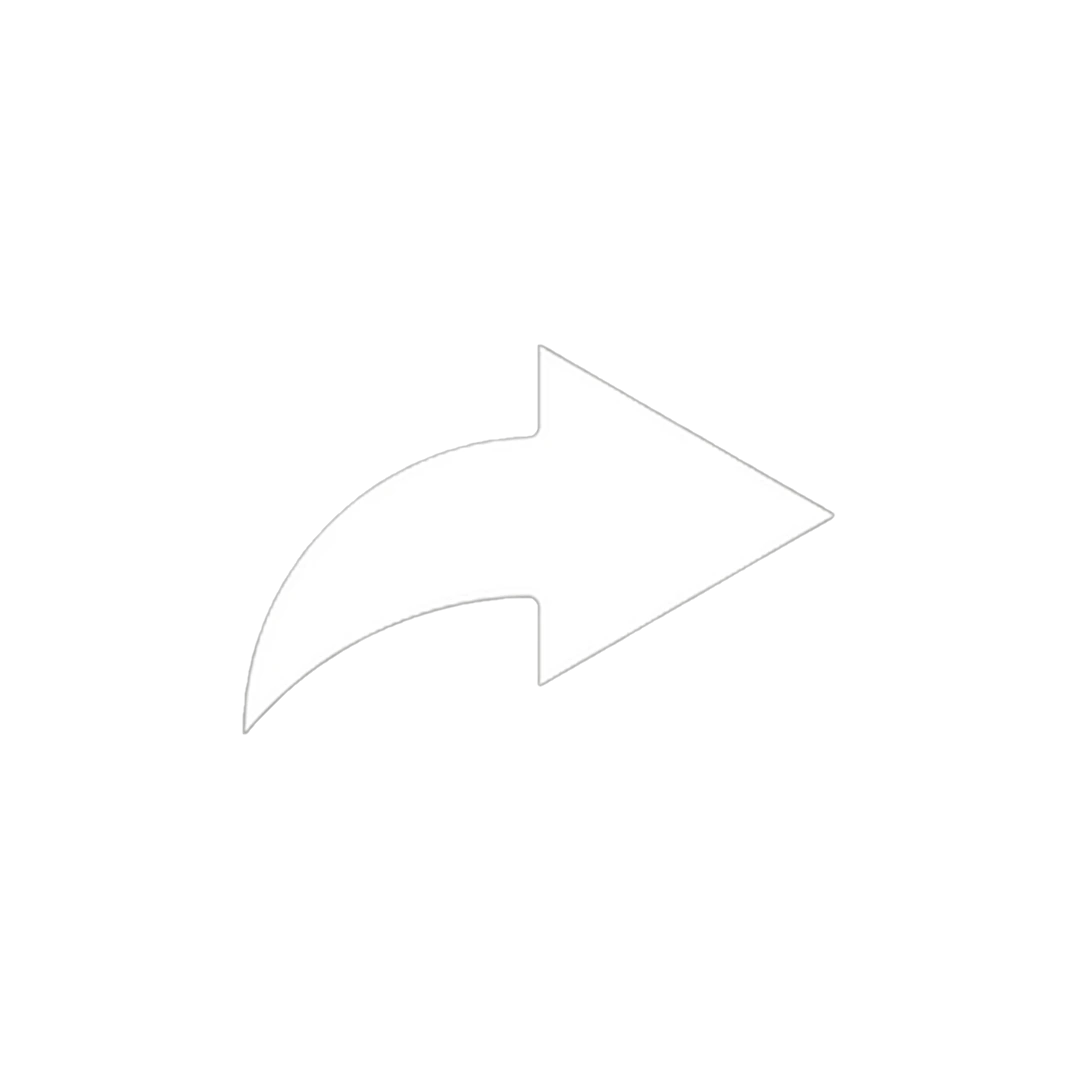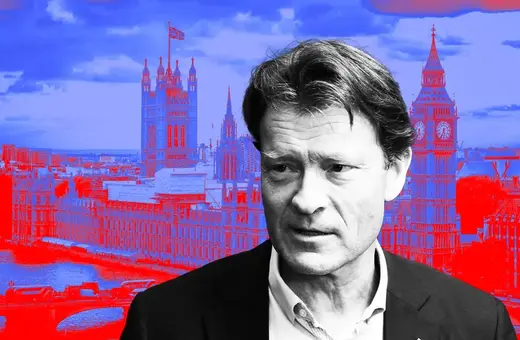It is broadly agreed that consciousness poses a profound challenge to contemporary science. Will neuroscience one day crack it? The problem is that consciousness is unobservable – you can’t look inside someone’s head and see their feelings and experiences – and this severely constrains our capacity to investigate it experimentally.
Because we can’t observe consciousness, our only way of gathering data about it is by relying on people’s testimony regarding their private, inner feelings. If we scan their brains at the same time, we can map correlations between various kinds of brain activity and various experiences. This is important data but it’s not itself a theory of consciousness. What we ultimately want from a theory of consciousness is an explanation of those correlations. Why is it that certain kinds of brain activity are correlated with certain kinds of experience?
Materialists hope to account for these correlations by explaining experiences in terms of brain activity. The trouble is you can’t capture the qualitative character of an experience – what it’s like to see red, or to smell coffee – in the purely quantitative language of neuroscience. And hence, so as long as our theory of the brain is framed in the purely quantitative language of neuroscience, we’ll always leave out these qualities, and in doing so leave out consciousness itself.
Rather than trying to explain experiences in terms of brain states, panpsychists explain brain states in terms of experiences.
Panpsychists run the explanation in the other direction. Rather than trying to explain experiences in terms of brain states, they explain brain states in terms of experiences. According to panpsychism, all that really exists are forms of consciousness: simple forms of consciousness at the micro-level, more complex forms of consciousness in human and animal brains. The view is not that these forms of consciousness exist alongside physical properties, but rather that physical properties just are forms of consciousness. The micro-level properties studied by physics are very simple forms of consciousness; the complex brain states studied by neuroscience are complex forms of consciousness.
How can we make sense of this idea? The properties studied by physics – mass, spin, charge, etc. – don’t seem to be forms of consciousness, and people studying physics are not aware that they’re learning about forms of consciousness. The central insight that has inspired the recent resurgence of interest in panpsychism is that physical science isn’t really in the business of telling us what physical properties are, only what they do. For example, physics tells us what electrical charge does – opposite charges attract, like charges repel – but not what it is. Neuroscience characterises brain states in terms of their chemical components, which chemistry characterises in terms of their physical components, which physics ultimately characterises in terms of behaviour. Taken as a whole, physical science gives us no clue as to what physical properties really are, which allows for the possibility that they might turn out to be forms of consciousness.
What is the intrinsic nature of stuff outside of brains? Science doesn’t tell us, and we have no other way of accessing it.















Join the conversation